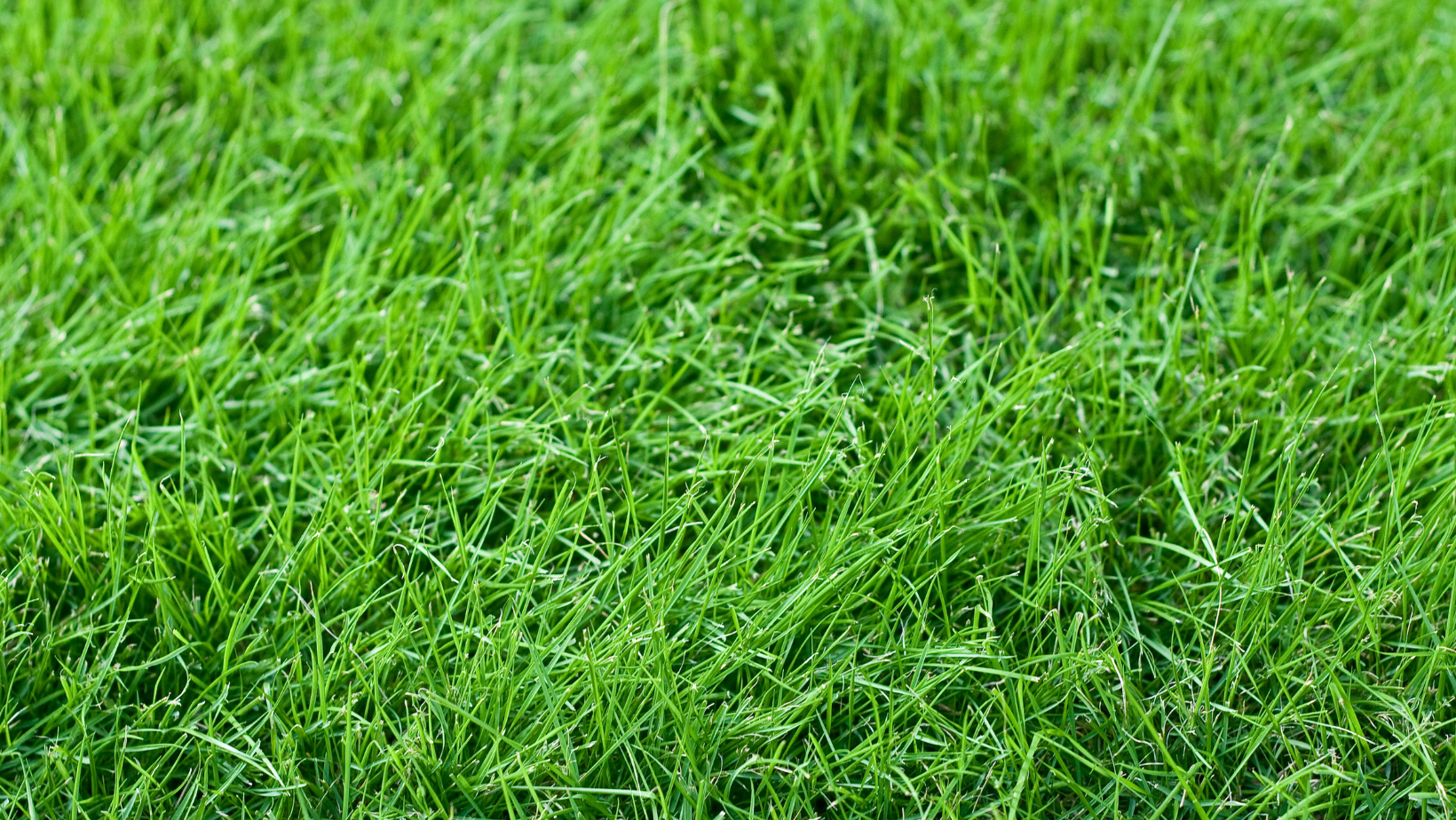The Central Valley of California experiences hot, dry summers and mild, wet winters. This climate can make lawn care challenging, but several grass types are well-suited for this region’s specific conditions. Below, we’ll explore three popular lawn types for the Central Valley: Bermuda grass, hybrid fescue, and St. Augustine grass, including their characteristics and suitability for the area.
1. Bermuda Grass
Characteristics:
- Warm-Season Grass: Bermuda grass is a heat-loving, drought-tolerant grass that thrives in the warm Central Valley climate. It becomes dormant and turns brown in the winter but comes back strong when temperatures rise in spring and summer.
- Growth: Bermuda grass spreads through underground rhizomes and above-ground stolons, creating a thick, dense lawn that can withstand heavy foot traffic.
- Sunlight Requirements: Bermuda grass prefers full sun and performs poorly in shaded areas.
- Water Needs: Although drought-tolerant, Bermuda grass needs regular watering during the hot months to stay green and healthy. It typically requires around 1 inch of water per week during the growing season.
- Mowing Preferences: For optimal results, Bermuda grass is best maintained with reel mowers, which provide a cleaner cut and promote healthier growth.
Best Uses:
- Ideal for sunny lawns, sports fields, and high-traffic areas.
- Suited for homeowners looking for a low-maintenance, durable lawn that can withstand the Central Valley’s summer heat. May apply Rye seed in fall to have a green lawn all winter.
Maintenance:
- Bermuda grass requires frequent mowing during the growing season due to its rapid growth. It also benefits from periodic dethatching and aeration to keep the lawn healthy.
2. Hybrid Fescue
Characteristics:
- Cool-Season Grass: Fescue is a cool-season grass that remains green throughout much of the year, including during winter. Hybrid fescues have been developed to tolerate the Central Valley’s heat better than traditional fescue varieties.
- Shade Tolerance: Unlike Bermuda grass, hybrid fescues can tolerate partial shade, making them suitable for areas with both sun and shade.
- Water Needs: Hybrid fescues have moderate water requirements and generally need more frequent watering than warm-season grasses like Bermuda or St. Augustine, especially during the hot summer months.
Best Uses:
- Ideal for homeowners who prefer a green lawn year-round.
- Suitable for areas with a mix of sun and shade, such as under trees or near buildings.
Maintenance:
- Hybrid fescues require regular mowing and more frequent watering during hot weather. Fertilization during the growing season helps keep the lawn lush and green.
- For the best results, maintaining hybrid fescue lawns is most effective with a rotary lawn mower, which ensures even cutting and promotes a healthier lawn.
- They may need overseeding in fall to fill in any thin areas and keep the lawn dense.

3. St. Augustine Grass
Characteristics:
- Warm-Season Grass: St. Augustine grass is another warm-season grass that thrives in hot, humid climates. It performs well in the Central Valley’s summer heat but, like Bermuda grass, it becomes dormant and may turn brown during winter.
- Shade Tolerance: St. Augustine is more shade-tolerant than Bermuda grass but still prefers at least 4-6 hours of direct sunlight per day.
- Water Needs: St. Augustine grass requires moderate watering. It doesn’t have the deep drought tolerance of Bermuda but can still withstand dry conditions for short periods.
Best Uses:
- Suitable for homeowners looking for a grass that handles both sun and moderate shade.
- Works well in residential lawns, especially those with trees that create partial shade.
Maintenance:
- St. Augustine grass is relatively low-maintenance but does require periodic watering during hot, dry periods to maintain its color and health.
- This grass grows thick, so it benefits from occasional dethatching. It also needs regular fertilization to maintain its lush, green appearance.
Conclusion
Each of these grass types has its advantages and disadvantages depending on your lawn’s needs. Bermuda grass is excellent for full sun and durability, making it a good choice for active households or large sunny areas. Hybrid fescue provides a greener, year-round lawn that can handle some shade but requires more frequent watering. St. Augustine grass offers a balance of heat tolerance and moderate shade tolerance, though it may need more care to stay green during the hottest months.
When selecting the best lawn for your Central Valley home, consider your climate, water availability, and how much sun or shade your lawn receives. Proper care, including watering, fertilizing, and mowing, will ensure a healthy lawn regardless of the grass type.
Need Assistance? Contact Us at Green Hills Nursery
Selecting the right type of lawn for your landscape is important to ensure long-term success and sustainability. If you have questions about which grass type is best suited for your Central Valley property or need advice on lawn maintenance, contact Green Hills Nursery. Our experts can provide tailored recommendations to help you achieve a beautiful and thriving lawn.




